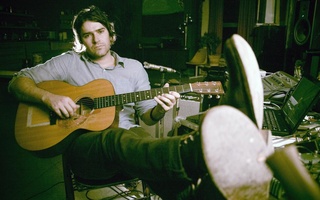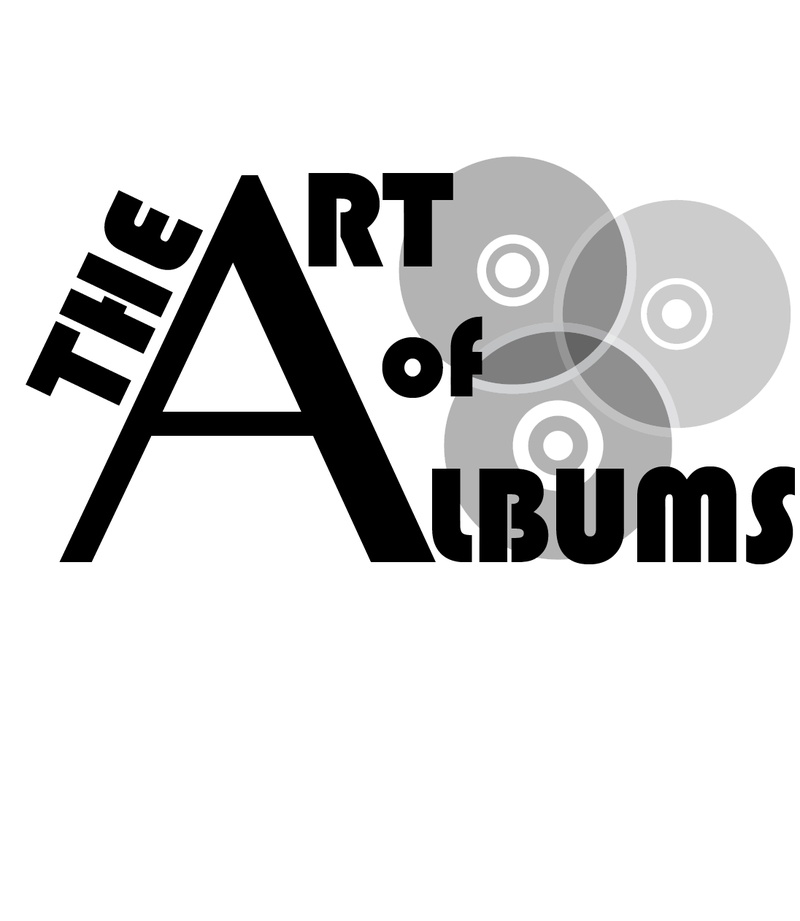My a cappella group, the Harvard Opportunes, has a tradition that originates from the group’s founding in the 1980s and continues to appear in all of our performances. While most a cappella traditions are better left unexplained, this particular one provides us with an appropriate starting place for a discussion of some of the reasons why albums have seemingly fallen out of style in the recent history of pop music.
At every concert, the Opportunes pick four or five songs from Billboard’s “Hot 100” list to perform as part of a medley called “Let the Music Play.” The medley is unlike any other, though, in that it samples these top-performing singles (no more than a verse and chorus of each) and injects them into a “frame song”—“Let The Music Play,” a 1983 chart-topper by one-hit-wonder Shannon. The effect is a tribute to pop music of the past and present in the form of a disjointed, disorienting mash-up that always manages to feel like a train about to derail in performance.
The recurrence of this strange tradition, beyond its sentimental qualities, indicates the prevalence of Top 40 singles. The tendency of our society to obsess over individual songs—or, even just a chorus or a single line from them—is evident in my a cappella group’s need to appeal to mass audiences as well as several other phenomena of modern music.
Mainstream artists today are under more pressure than ever to release music in a way that gets them to the top of the charts. While one-hit-wonders were prominent throughout the ’70s and ’80s, performers like Taylor Swift, Sam Smith, and Ariana Grande are trying to make music that repeatedly achieves commercial success as measured by iTunes purchases and playlist prominence. The fact that the average length of a song’s position on Billboard’s tracking charts has increased by more than 50 percent between 1950 and 2010 shows the rate at which current consumers exercise their purchasing power in terms of isolated singles. It also indicates how the music industry plays the system through well-timed releases to coincide with chart turnover. In terms of albums, this means trading off the artistic storyline and ebb and flow for works that are distinctively less cohesive and crafted but have the potential to get more individual songs to the top of the charts.
Take Meghan Trainor. Her debut single,“All About That Bass,” has ranked on Billboard for 16 weeks. Rather than releasing a full-length album, Trainor chose to release another single, “Lips Are Movin,” as well as an extended play (EP) of four songs. These releases, with the possible exception of “Close Your Eyes,” are all short, sweet, peppy, and relatively simple in terms of music construction. It’s reasonable to say that these songs lack both cohesion and nuance, and with all four EP songs destined to appear on Trainor’s full release in 2015, it’s hard to imagine that her album will fill this artistic void.
But what exactly is fueling these industry and consumer trends? Is it just that, as Bob Dylan wrote, “the times, they are a-changin’”? Have listeners simply made a conscious choice to migrate away from the album as an art form? If change is measured in software upgrades and Apple product releases, one might say yes. On the simplest level, technologies like Spotify (and its random advertisements every few songs), $1.29 iTunes purchases, iPod shuffle mode, and YouTube have all made albums comparatively more expensive and cumbersome while making singles comparatively cheaper and more accessible.
It’s hard to say if these technological and market developments are fueling consumer trends or vice-versa (I’m no economics major). But, it’s easy to see that these changes aren’t the product of conscious choices but instead represent a slow shift in society’s attitude towards music listening. I am as guilty as anyone when it comes to shutting my mind off and putting Spotify on between classes, during showers, while doing homework, and at social gatherings—in other words, normalizing music as a “background activity,” used to distract from or enhance other activities. While this background function has always been vital to popular music—think of car radios and D.J.s as prime examples—albums and critical listening also held an important place in music consumption. But, in this era of industries hyper-analyzing consumer trends, even subtle or subconscious changes have put the album, as a distinctive art form, down a path towards marginalization.
If we don’t make time for music as more than “background activity,” we may be doomed to a pop genre defined only by a disjointed mess of random lines and choruses. We should seek out artists who can produce both chart-topping singles and more intricate, longer-form inventions. If we don’t, instead of “one-hit wonders,” the charts will be dominated by “one-trick ponies” rather than showcasing the depth of talent that defined the pop stars of yesteryear.
Read more in Arts
The CrimmRecommended Articles
-
 Patrick Park Aims to Please
Patrick Park Aims to Please -
Group Celebrates Local Folk Music LegaciesIn 1958, a young, soon-to-be Boston University dropout named Joan Baez played her first live show. It was at a venue called Club 47 just outside of Harvard Square, and only eight people were in attendance.
-
Beatable Games, Unbeatable MusicFor years, video game tunes were all I listened to.
-
Record Store Day a Mixed EventCorporate holiday promises fun releases
-
Landmark Microtonal Composer Honored at NEC SymposiumMusicians honored Harry Partch’s musical legacy with a three-day tribute
-
Key Change in Harvard SquareWhen Dan Aykroyd of The Blues Brothers and Isaac Tigrett, co-founder of Hard Rock Cafe, were looking for a location to open a music venue in the early 1990s, Harvard Square was an obvious first choice.














